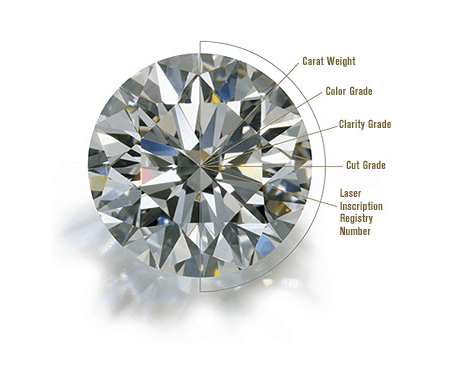.webp?width=600&height=192&name=Luriya%20(12).webp)
It’s just March but we just can’t wait to follow-up our stone series with one of our most favorite precious stones: the Opal. The opal is actually known as being the official October birthstone. We know, we’re getting ahead of ourselves.
There is SO MUCH to learn about the opal and we’re not even sure if we could cover everything in this blog. We just hope you take away something after reading the latest installment to our stone series. Without further ado, let Luriya walk you through seven things you (probably) didn’t know about opals!
The Opal is the October birthstone
If you’re born in October, you might have known this already... But for those that didn’t know, the opal is the official birthstone for October. The opal shares this distinction with the pink tourmaline which is also an official October birthstone.
Opals are formed from rain
According to the Gemological Institute of America (GIA), opals are the product of seasonal rains. During the dry period, after much of the water has evaporated, solid deposits of silica underground help form opals. Put simply, opals are formed from the combination of silicon dioxide and water.
Opals are believed to symbolize purity
Opals, according to history and lore, have been believed to symbolize purity and hope. In ancient times, it is believed that wearing opals gives the wearer luck and clarity in vision.
Opals aren’t as fragile as you think
There have been many misconceptions about the sturdiness of opals. Many believe that because it’s partly made from water, it’s not going to be as strong as other gemstones. While it’s true that opals are more fragile than most gemstones, it doesn’t mean that your opal will crack or break down from the slightest bump or drop.
With a score of 5.5 to 6.5 on the Mohs Hardness Scale, it certainly falls behind sturdier stones such as amethysts, emeralds, and rubies. However, as long as you avoid vigorous physical activities and manual labor while wearing your opal, you can be assured that your precious stone is safe.
Opals are out of this world
Did you know that in 2015, the Mars rover was able to detect opals on Mars? According to the UK Natural History Museum, “Analysis of the surface of Mars appears to show areas of opal. The opal regions of Mars could now be a good target for future explorations looking for signs of early life.”
Opals, as mentioned above, are formed using rain. This means that, in one way or another, water has existed or continues to exist on Mars.
Opal = Opalus | Opals = Opallios
The name opal came from the names Opalus from ancient Roman culture which means precious stone and Opallios from ancient Greek which means “a change in color.”
Opals mostly come from Australia
Did you know that the official Australian gemstone is the opal? And rightfully so! According to Geoscience Australia, 95% of the world’s opals are produced from down under. Opals can also be found in other parts of the world such as in Brazil, Mexico, and the U.S.
And there you have it! We hope this blog post have helped you in learning more about opals.
Until next time!








